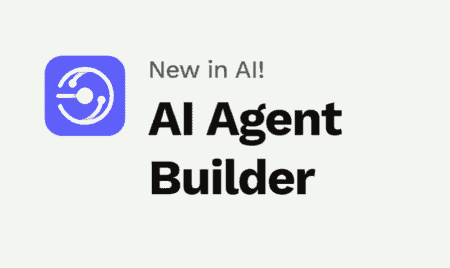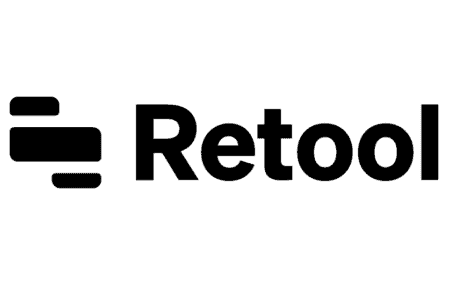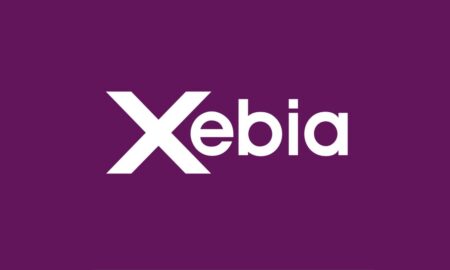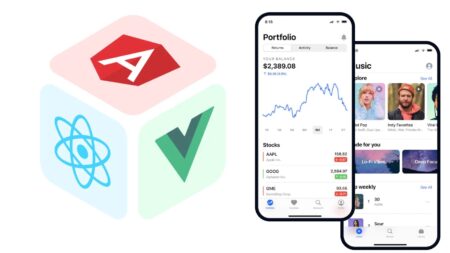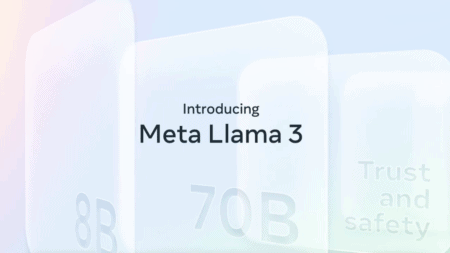Recently we talked to Rui Pereira, vice president of Digital Transformation at Outsystems. During the conversation, it became clear that the focus of OutSystems is on large organisations, mainly enterprises that need to develop many applications and preferably as soon as possible. The goal of OutSystems is to deliver a product that allows these companies to build and roll out their applications faster. The total development time must be reduced.
During the interview, it became clear that OutSystems plays a major role in companies with old legacy systems. For example, banks and insurance companies that still have systems from the 70s or 80s that have not been developed with today’s ideas. Reading out data, for example, is often not possible outside the standard application; APIs do not exist.
On the other hand, companies want to innovate faster and faster. Data must be widely available; mobile applications are more often the norm nowadays. If you have to integrate those with systems from the 70s or 80s, you run into very challenging problems. OutSystems has developed connectors for many of these types of systems so that they can be quickly linked to applications that you can build with OutSystems. This saves so much time that it already offers enough added value for many enterprises. Not that the power of OutSystems stops there, but many developers today simply have no knowledge of these very old systems.
Pereira says that he does not expect that the competition will soon choose to support these legacy systems because this process is extremely complex. In his opinion, OutSystems is unique in this respect.
How important are partners for growth?
The biggest competitor for OutSystems is probably Mendix. That company also has an enterprise strategy. In particular, there is close cooperation with IBM and SAP, both of which sell the Mendix product and recommend building plugins and extensions on IBM and SAP software. We were curious, therefore, to see how OutSystems sees this and whether this is a possible problem for them.
Pereira doesn’t care about the competition at all. OutSystems does look at the competition, that’s what every company does, but worrying is not necessary. He states that OutSystems has an enormous number of customers who build extensions on top of SAP applications with OutSystems. The support of SAP within OutSystems is simply in order. Furthermore, he sees that whereas Mendix works closely with IBM, OutSystems works closely with Microsoft. OutSystems does a great deal with various Microsoft products, especially Azure is widely supported. OutSystems also attracts many new customers there. It is mainly for customers who already have an Azure cloud environment and want to integrate it.
Customers can also choose to use the OutSystems Cloud, which is based on Amazon Web Services. OutSystems recently introduced the option of deploying Kubernetes containers, after which the customer can choose in which cloud environment they want to run the application (or on-premise).
Focus on enterprises, SME is welcome
The trend in the market is to start at the top of the market with large enterprises, which OutSystems has now done. Then, they move towards smaller and smaller companies, where prices drop, and the customer base becomes larger and larger. OutSystems indicated that it does not follow this strategy, for the time being. The focus is really on large enterprises, teaching customers what the possibilities are with OutSystems and how they can make even better use of the system.
Customers from small and medium-sized enterprises are welcome, but if you need to develop a few additional applications, OutSystems is probably too expensive a solution. However, there are customers who, for example, develop a SaaS solution with OutSystems. The entire application is developed with OutSystems and then sold on a subscription basis. In the beginning, OutSystems was a considerable investment, but over time, it has become a very valuable asset.
The biggest challenge for Outsystems is still the adoption of low-code
Outsystems has helped to shape the market for low-code. When we ask for the biggest challenge, it’s not so much the competition, but more the promotion of low-code platforms in C-level circles. This is necessary to get them interested in the possibilities of a low-code platform, explain what they can do with it and what advantages it offers. This is not yet known to everyone, and that’s where the biggest challenge lies.

